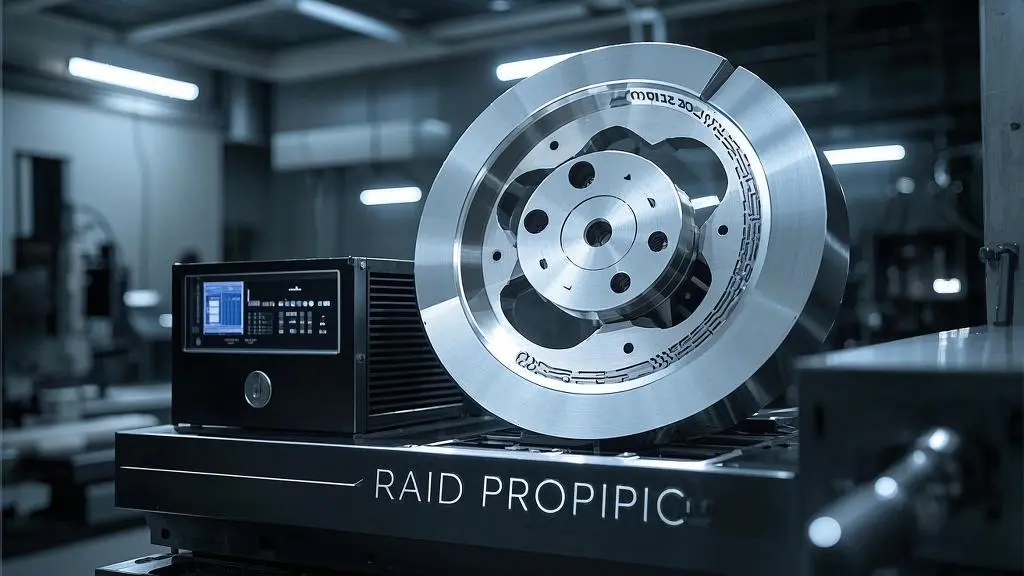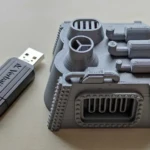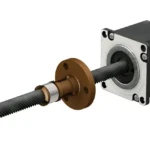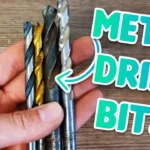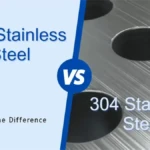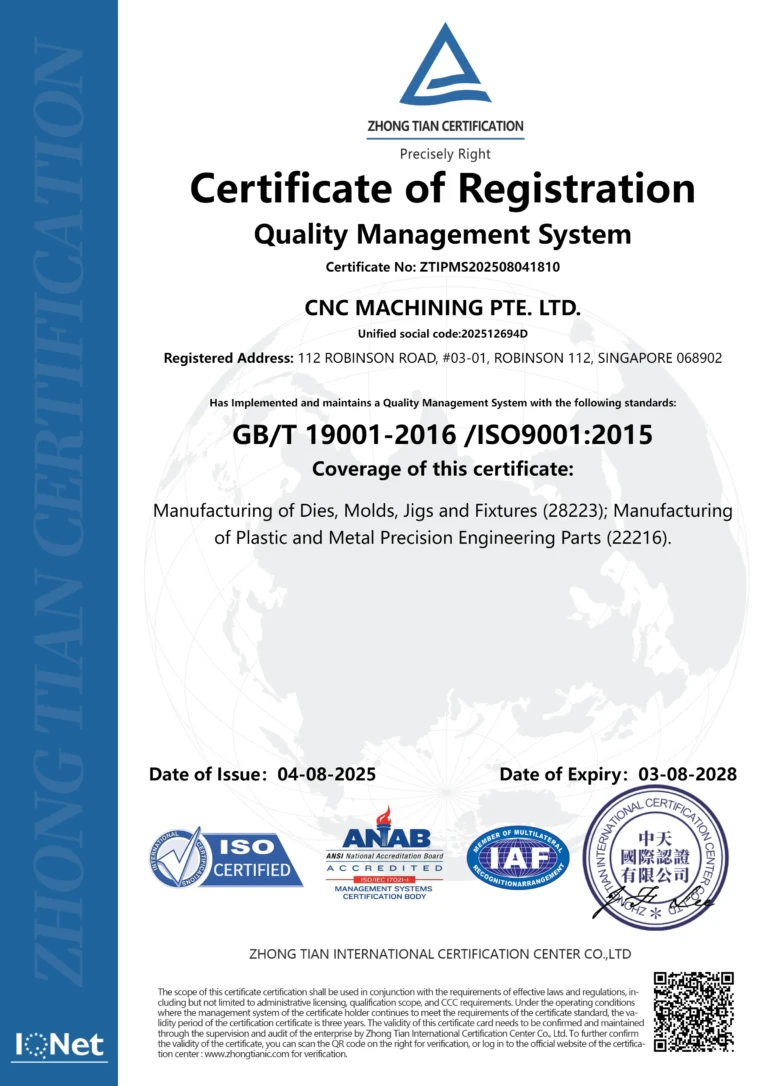How Does the Rapid Prototyping Design Method Accelerate the Customization of Metal Parts Through CNC Machining Technology?
In today’s rapidly evolving manufacturing landscape, rapid prototyping has emerged as a disruptive design methodology, fundamentally transforming the way products are developed. By integrating digital iteration with advanced CNC processing services, companies are now able to drastically shorten the development cycle, reduce trial-and-error costs, and verify the feasibility of complex designs with unprecedented speed and precision.
1. The Core Value and Industry Trend of Rapid Prototyping
1.1 There Is A Design Methodology Called Rapid Prototyping Definition and Evolution
Origin of Rapid Prototyping:
There Is A Design Methodology Called Rapid Prototyping represents the evolution from traditional, labor-intensive manufacturing to a digital, agile product development process. This shift in design methodology has redefined the product development process by enabling designers to quickly iterate on 3D models using computer-aided design (CAD) software. By translating these digital models into physical prototypes via CNC machining, manufacturers can validate concepts and optimize designs before committing to mass production.
Core Goals:
- Shortening the Development Cycle: Rapid prototyping drastically cuts down the time from concept to physical model, allowing for swift market entry.
- Reducing Trial-and-Error Costs: Early and frequent iterations help identify design flaws, saving money that might otherwise be spent on costly reworks.
- Verifying Feasibility: The approach facilitates rigorous testing of functions and designs, ensuring that complex structure metal parts meet precise specifications and customized functionality requirements.
1.2 Application Scenarios in the Field of Metal Parts
Industry Applications:
Sectors such as aerospace, automotive, and medical equipment demand high-precision metal prototypes to ensure safety and performance. Rapid prototyping is pivotal for developing components with intricate geometries and strict tolerances.
Real-World Example:
Consider the case of Sara Inc. Rapid Prototyping. By leveraging rapid prototyping methodologies, Sara Inc. achieved iterative optimization of a precision sensor housing. This enabled them to effectively test complex internal structures and verify customized functions, ultimately enhancing the overall product performance.
2. CNC Processing Services: The Industrial Landing Pillar of Rapid Prototyping Design
2.1 Unique Advantages of CNC Technology
Precision and Repeatability:
CNC machining is renowned for its ability to maintain tight tolerances—as precise as ±0.01 mm—which is critical during prototype function testing. This high-precision metal processing service ensures that every part is manufactured to exact specifications, reducing variability and enhancing performance reliability.
Material Diversity:
CNC machines can process a wide range of metals, including aluminum alloy, titanium alloy, and stainless steel. This versatility makes them indispensable for industries that require customized metal parts with varying material properties.
Cost-effectiveness:
For small and medium batch prototype production, CNC processing offers significant economic benefits. Compared to alternatives like 3D printing—which may have strength limitations—CNC machining provides robust prototypes with superior mechanical properties at competitive prices.
2.2 Integrated Process of Rapid Prototyping and CNC Processing
Design Optimization Stage:
The journey from concept to prototype begins with the creation of a detailed CAD model. This model is then translated into a CNC program—emphasizing precise processing path planning—to ensure that the manufactured part mirrors the digital design with high fidelity.
Post-Processing Technology:
To achieve both functional and aesthetic excellence, one-stop post-processing solutions are essential. Techniques such as anodizing, sandblasting, and laser engraving not only improve surface finish but also enhance properties like corrosion resistance and durability.
3. Customer Pain Points and Solutions: Closed-Loop Service from Prototype to Mass Production
3.1 Common Customer Challenges
-
Performance Differences:
Customers often encounter discrepancies between initial prototypes and final mass-produced parts. Challenges such as heat treatment deformation and assembly compatibility issues can arise if the prototype does not accurately represent the production environment. -
Time Pressure:
In today’s fast-paced market, rapid response is critical. Many projects require 24-hour expedited CNC service to meet urgent deadlines, putting significant pressure on traditional manufacturing processes.
3.2 Great Light’s Differentiated Capabilities
Advanced Machining Solutions:
Great Light employs cutting-edge five-axis linkage machining centers capable of handling even the most complex surfaces. For instance, in a recent project involving a drone engine bracket prototype, our advanced equipment ensured flawless execution of intricate geometries.
Data-Driven Process Optimization:
Leveraging historical project data, our engineers predict potential risk points such as deformation in thin-walled parts. This proactive approach to quality control ensures that every prototype meets stringent standards before scaling to mass production.
4. Industry Outlook: Integration of Rapid Prototyping and Intelligent Manufacturing
4.1 Technology Trends
-
AI-driven CNC Programming:
The application of artificial intelligence in machining parameter optimization is revolutionizing the field. AI-driven CNC programming refines cutting paths and enhances efficiency, ensuring that every prototype is produced with maximum precision. -
Digital Twins:
Virtual simulation through digital twins allows for thorough testing of prototypes in a controlled digital environment. This not only improves testing efficiency but also minimizes the risk of performance issues when the product is physically manufactured.
4.2 Requirements for Sustainable Manufacturing
-
Waste Recycling and Energy Efficiency:
The push towards sustainable manufacturing has led to innovative green upgrade paths for CNC machining. Emphasis is now placed on reducing waste and improving energy efficiency throughout the production process. -
Localized Production Networks:
Developing regional rapid delivery networks helps shorten the supply chain, ensuring that global fluctuations have a minimal impact on production timelines. This localized approach enhances the agility and responsiveness of rapid prototyping services.
5. How to Choose a Suitable CNC Rapid Prototyping Service Provider
5.1 Four Dimensions of Evaluating Suppliers
-
Equipment Advancement:
Assess the configuration level of five-axis machine tools and the sophistication of automated inspection systems to ensure superior processing capabilities. -
Engineering Support Capabilities:
Look for a provider with extensive experience in DFM (Design for Manufacturability) cases and a robust technical advisory service to help optimize your designs. -
Certification System:
Verify that the service provider complies with industry standards such as ISO 9001 and AS9100, ensuring that you are working with an authoritative processing service provider. -
Transparency:
Real-time progress tracking and robust data security protocols, often found on online customized metal parts platforms, are critical for maintaining trust and accountability throughout the project.
5.2 Great Light’s Customer Success Story
Case Example:
An electric vehicle battery box project achieved a remarkable 3-week turnaround—from prototype verification to mass production ramp-up—thanks to Great Light’s rapid delivery and high-precision CNC services. This success underscores our ability to meet tight deadlines while delivering exceptional quality.
Conclusion: Rapid Prototyping + CNC Processing = Dual Engines of Metal Parts Innovation
The integration of rapid prototyping with advanced CNC processing services is driving disruptive innovation in metal parts customization. By combining digital iteration with precision machining, manufacturers can achieve unmatched speed, cost-efficiency, and product excellence.
Call to Action:
Get exclusive engineering consultation and instant quotes through the Great Light official website. Click to customize your metal prototype and unlock the full potential of integrated rapid prototyping and CNC machining services.
Additional Information
FAQ
- What is rapid prototyping in the context of metal parts design?
It is a design methodology that uses fast digital iterations to create physical prototypes for testing and validation. - How does rapid prototyping reduce the development cycle?
By enabling quick iterations, it minimizes the time needed for trial-and-error, thus speeding up the product development process. - What role does CNC machining play in rapid prototyping?
CNC machining translates digital designs into precise physical parts, ensuring high accuracy and repeatability. - How precise can CNC processing services be for metal parts?
Modern CNC machines can achieve tolerances as tight as ±0.01 mm, critical for testing prototype functions. - What are the common challenges in transitioning from prototype to mass production?
Challenges include performance differences due to heat treatment, assembly compatibility issues, and ensuring consistency in large-scale production. - How do AI-driven CNC programming and digital twins enhance prototyping?
They optimize machining parameters and simulate performance virtually, improving efficiency and reducing risk. - What industries benefit most from rapid prototyping and CNC processing?
Industries such as aerospace, automotive, and medical equipment rely on these technologies for high-precision metal parts. - What certifications should I look for in a CNC service provider?
Look for ISO 9001, AS9100, and other relevant certifications to ensure authoritative and quality-driven services. - How can customized solutions improve prototype performance?
Tailored machining processes ensure that each design is optimized for functionality, reducing the risk of defects. - How does Great Light support rapid delivery and quality assurance?
Through advanced machinery, data-driven process optimization, and a commitment to transparent, high-speed service.
Contact Information
- Phone: [86 180 2756 7310]
- Email: [info@glcncmachining.com]
- Website: [https://glcncmachining.com/]
- Address: [#10, Xinrong Street, Chongtou Community, Chang’an Town, Dongguan City, Guangdong, China, 523845]
